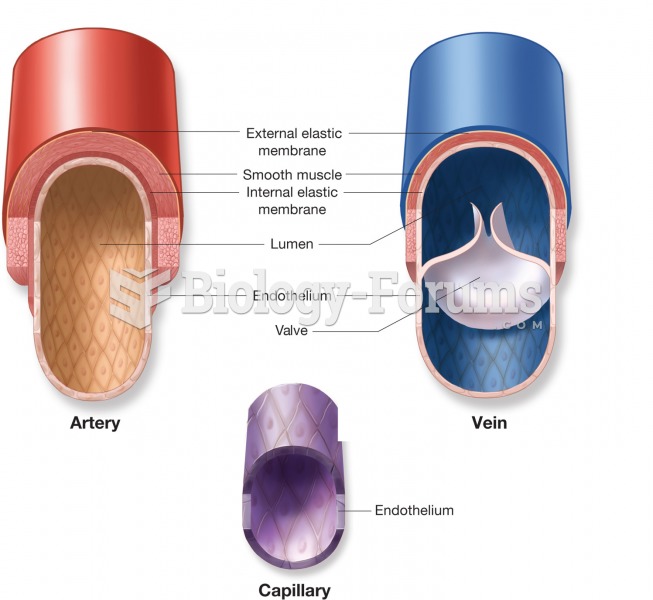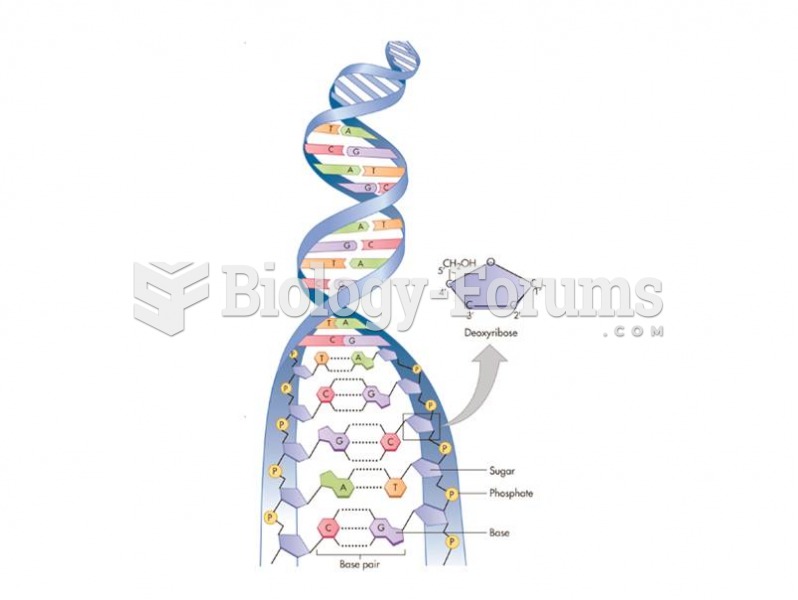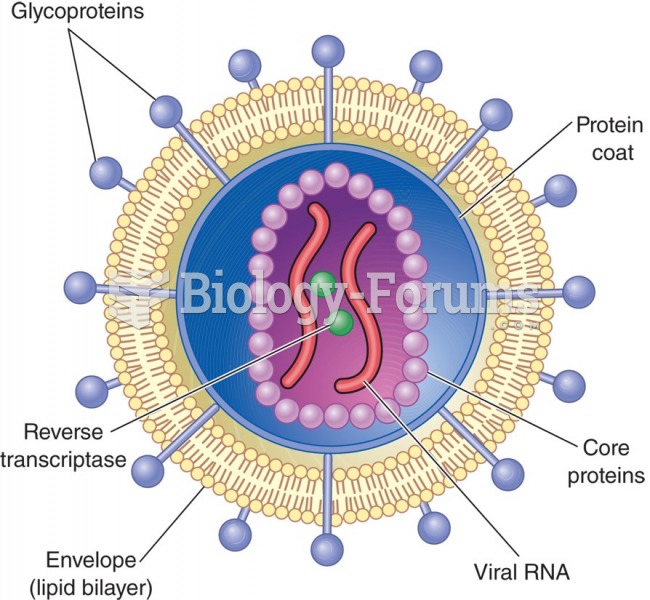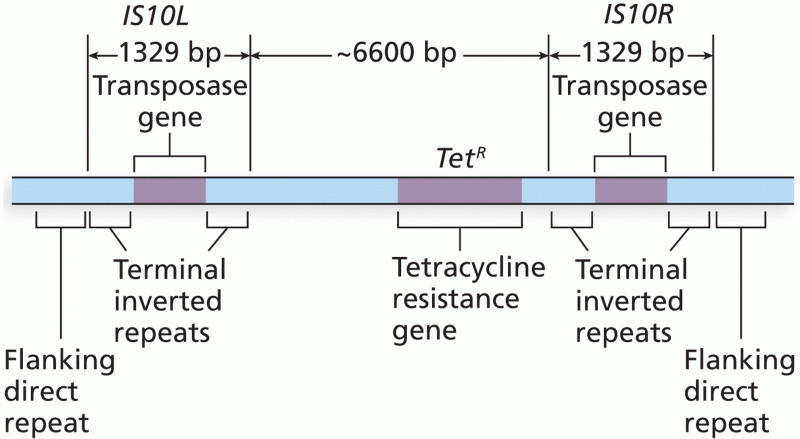|
|
|
Side effects from substance abuse include nausea, dehydration, reduced productivitiy, and dependence. Though these effects usually worsen over time, the constant need for the substance often overcomes rational thinking.
Between 1999 and 2012, American adults with high total cholesterol decreased from 18.3% to 12.9%
The ratio of hydrogen atoms to oxygen in water (H2O) is 2:1.
The top 10 most important tips that will help you grow old gracefully include (1) quit smoking, (2) keep your weight down, (3) take supplements, (4) skip a meal each day or fast 1 day per week, (5) get a pet, (6) get medical help for chronic pain, (7) walk regularly, (8) reduce arguments, (9) put live plants in your living space, and (10) do some weight training.
More than 34,000 trademarked medication names and more than 10,000 generic medication names are in use in the United States.







